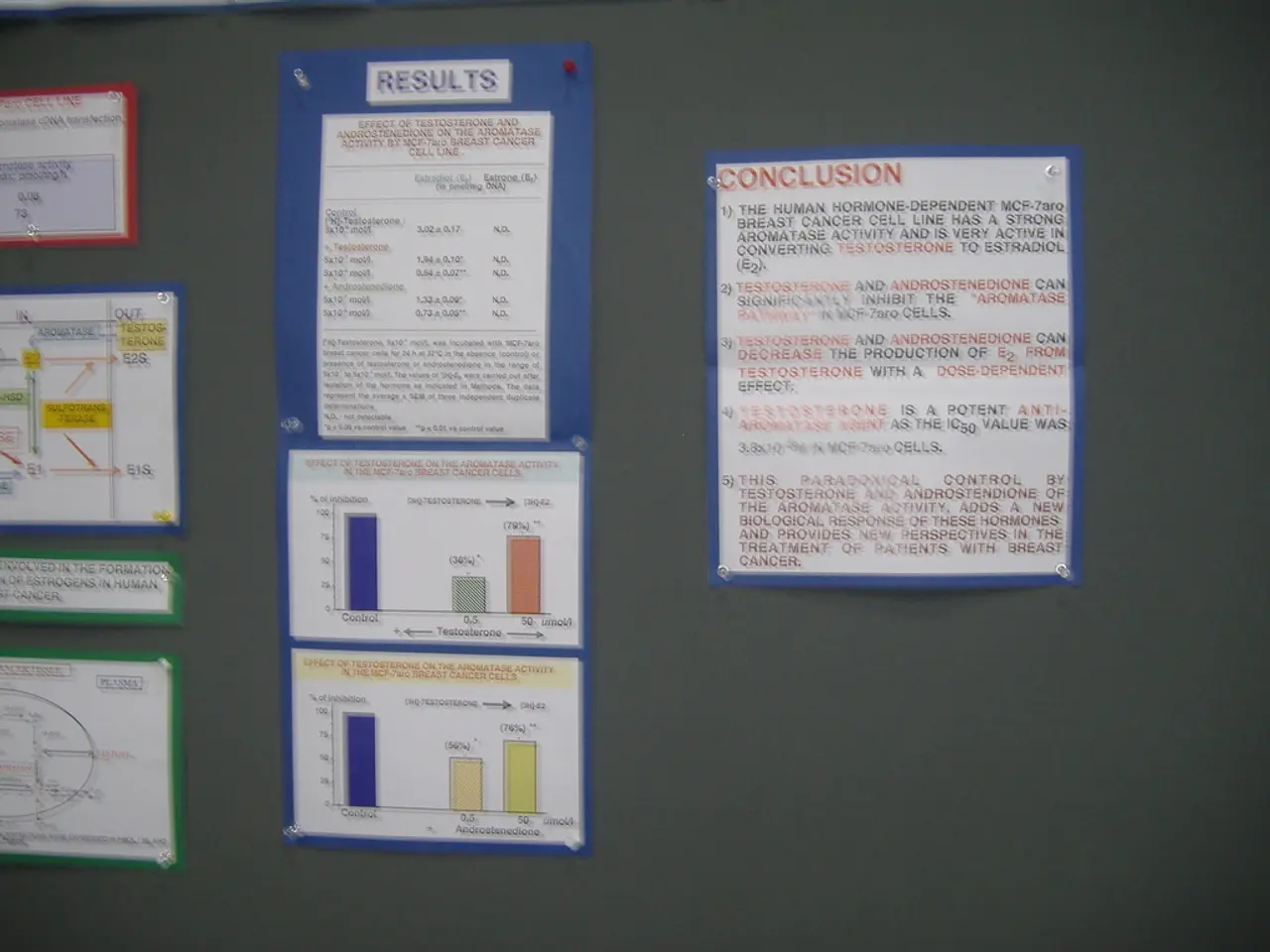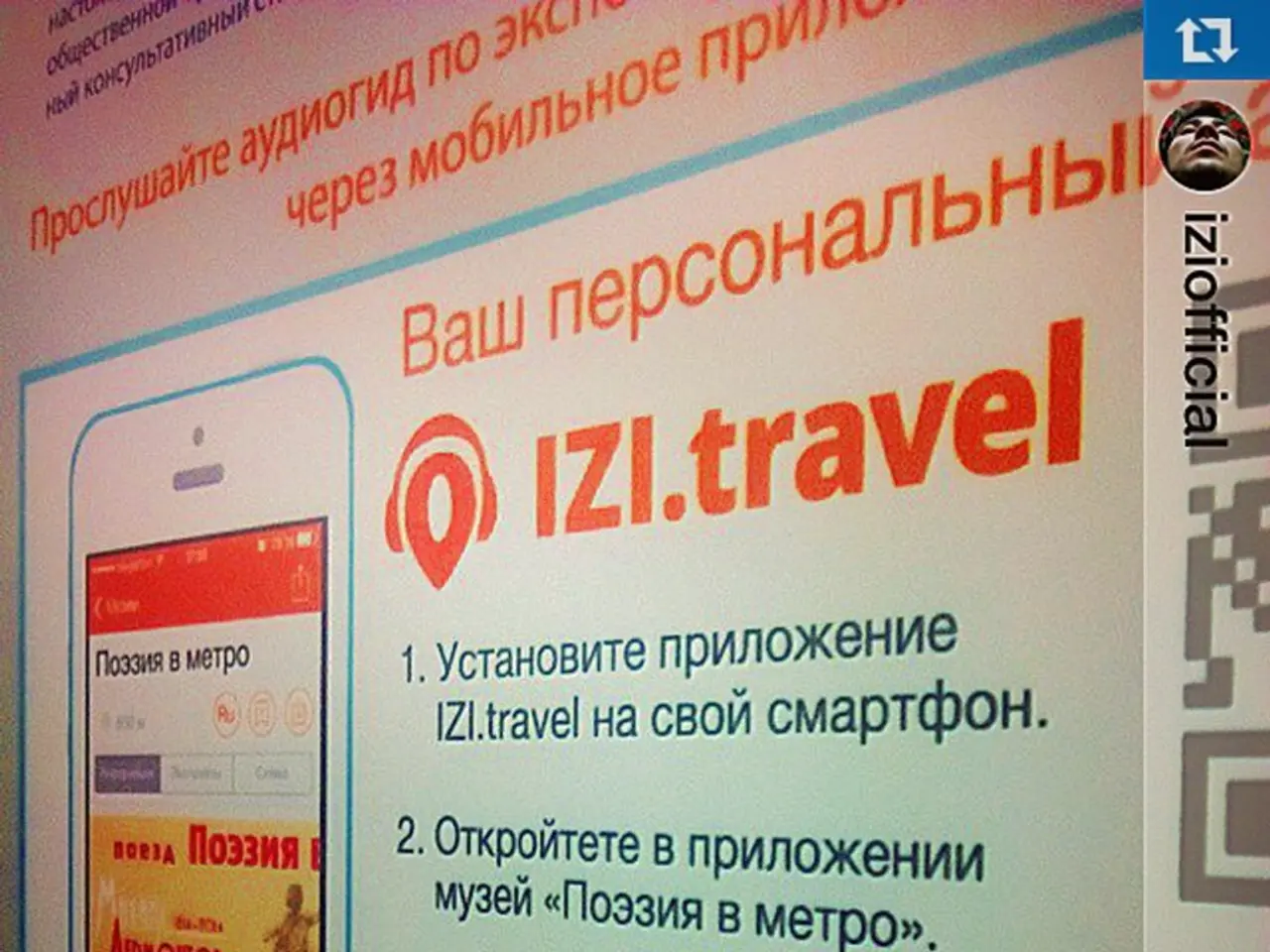A high-interest setting operates as a metaphorical vacuum, drawing in funds relentlessly
In a recent statement, Hanna Katrín Friðriksson, a Member of Parliament for The Liberal Reform Party, expressed concerns about the high interest rates in Iceland, likening the situation to a "magic trap" that absorbs money. According to Friðriksson, the expected interest expense for next year in Iceland is approximately 95 billion ISK, a figure that she notes is significant in comparison to the annual budget of the college and university sector, and even the combined contributions to transportation and healthcare.
Friðriksson emphasised the interest rate differential, highlighting that long-term interest rates in the EURO area are about half of long-term local interest rates in Iceland. If interest charges in Iceland were halved, she suggested, approximately 40-50 billion ISK could be saved. This amount, she added, could secure contracts with self-employed psychologists, speech therapists, specialists, and others, providing a boost to the welfare system.
The high interest rates in Iceland are primarily attributed to a combination of factors. Persistent inflation, tighter monetary policy, and country-specific risk factors have contributed to the elevated charges. Inflation in Iceland has been estimated to remain high compared to its Nordic neighbours, such as Norway, Sweden, Denmark, and Finland, where inflation has begun to moderate. High inflation typically leads central banks to maintain higher interest rates to control price rises, thus increasing borrowing costs.
Iceland's central bank interest rate is notably higher than those of its Nordic neighbours. For example, Norway’s interest rate is around 4.5%, while Iceland’s central bank rate stands near 7.5% as of mid-2025. This widening interest rate differential indicates a more restrictive monetary policy stance by Iceland to keep inflation in check and stabilise the economy.
Iceland may also face higher perceived risks associated with its economy, such as vulnerabilities from its small and open economy, past financial crises, or structural issues. This perception can lead lenders to demand higher returns for lending, thereby pushing interest rates up relative to less risky or larger Nordic economies.
The high interest rates pose challenges to economic growth and welfare sustainability. Higher interest charges increase the cost of borrowing for businesses and households, potentially slowing investment and consumption. This can dampen economic growth and make financing more expensive for both private and public sectors.
Elevated rates may also increase the cost of servicing public and private debt, putting pressure on government budgets and family finances, which can strain Iceland’s welfare system if social safety net demands rise due to economic hardship. The tradeoff between high interest rates and inflation control may also lead to slower economic growth and increased unemployment risks, affecting overall welfare.
Higher interest rates can support the Icelandic krona by attracting foreign capital, but this might also impact export competitiveness, influencing trade balances and economic resilience. In summary, Iceland’s significantly higher interest charges compared to neighbouring Nordic countries are largely driven by persistent inflation, tighter monetary policy, and country-specific risk factors. Careful economic management will be required to balance inflation control against growth and social welfare objectives.
Friðriksson proposed that if interest rates in Iceland were halved, approximately 40-50 billion ISK could be saved, which could be utilized to secure contracts with various professionals like psychologists, speech therapists, and specialists, potentially boosting the welfare system. Furthermore, she argued that the high interest rates in Iceland, compared to its Nordic neighbors, could pose challenges to economic growth and welfare sustainability, as they increase the cost of borrowing for businesses and households, potentially slowing investment and consumption, and putting pressure on government budgets and family finances.




